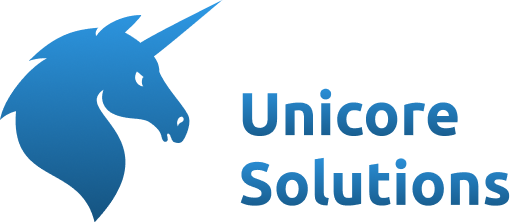Software for GNR Explorer XRD/XRF Bath Ratio
A new approach to automated Bath Ratio measurement in Aluminum industry by XRD/XRF GNR Explorer instruments
Platform:
Windows x64
Technology stack:
C#/WPF, Matlab
Languages:
English, Italian, Russian, other on request
Windows x64
Technology stack:
C#/WPF, Matlab
Languages:
English, Italian, Russian, other on request
Advantages and results
Aluminum plants of Rusal, the biggest Russian aluminum producer, use our software to measure Bath Ratio in electrolyte with combined XRF/XRD GNR Explorer instruments. The results are used to optimize the production process in real-time and reduce costs. Therefore, both performance and precision of analysis are of great importance.
After performing extensive R&D on Rusal samples we have developed a new method to calculate bath ratio from both X-Ray diffraction and X-Ray fluorescence data. Despite the large number of calibration parameters obtained (more than 10) the instrument can be successfully calibrated with a limited number of regular working samples without the need to create complex calibration standards. Due to the complexity of calculations the analytical module was implemented in the form of compiled Matlab library used directly from C# application.
This new approach allowed us to nearly double measurement accuracy in comparison to other instruments on the market in less acquisition time. Additional work was done to increase performance even more. The final performance significantly increased (~55 sec/sample) after all hardware control routines were rewritten from scratch and clever mechanics synchronization was applied.
We have built a complex engineering UI for calibration which is quite rarely used in the field because of exciting instrument stability. In contrast, UI for laboratory personnel was minimized to just several buttons and tables. The instrument measures a set of 22 samples completely automatically and sends the results to a plant server without requiring any operator interaction. We have also developed background recalibration procedures to assure correct results during the whole instrument lifetime without regular time loss for adjustment procedures.
The instruments analyze up to 800 samples on a daily basis with minimal operator attention. No software bugs and troubles were reported for years after the initial integration process.
Aluminum plants of Rusal, the biggest Russian aluminum producer, use our software to measure Bath Ratio in electrolyte with combined XRF/XRD GNR Explorer instruments. The results are used to optimize the production process in real-time and reduce costs. Therefore, both performance and precision of analysis are of great importance.
After performing extensive R&D on Rusal samples we have developed a new method to calculate bath ratio from both X-Ray diffraction and X-Ray fluorescence data. Despite the large number of calibration parameters obtained (more than 10) the instrument can be successfully calibrated with a limited number of regular working samples without the need to create complex calibration standards. Due to the complexity of calculations the analytical module was implemented in the form of compiled Matlab library used directly from C# application.
This new approach allowed us to nearly double measurement accuracy in comparison to other instruments on the market in less acquisition time. Additional work was done to increase performance even more. The final performance significantly increased (~55 sec/sample) after all hardware control routines were rewritten from scratch and clever mechanics synchronization was applied.
We have built a complex engineering UI for calibration which is quite rarely used in the field because of exciting instrument stability. In contrast, UI for laboratory personnel was minimized to just several buttons and tables. The instrument measures a set of 22 samples completely automatically and sends the results to a plant server without requiring any operator interaction. We have also developed background recalibration procedures to assure correct results during the whole instrument lifetime without regular time loss for adjustment procedures.
The instruments analyze up to 800 samples on a daily basis with minimal operator attention. No software bugs and troubles were reported for years after the initial integration process.
